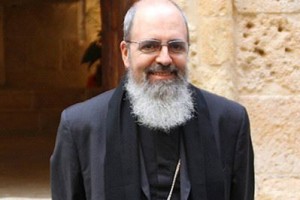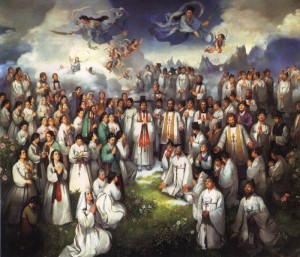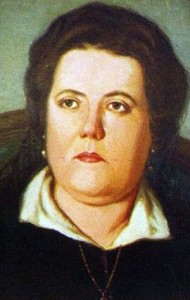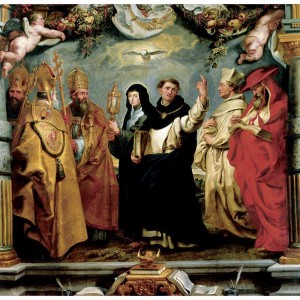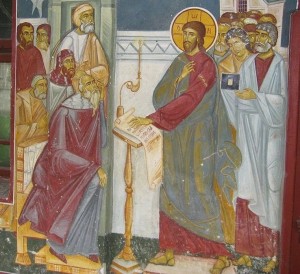 Prayer for the Feast of the Conversion of St Paul
Prayer for the Feast of the Conversion of St Paul
O glorious St. Paul, who, from being a persecutor of the Christian name, didst become its most zealous Apostle, and who, to carry the knowledge of Jesus, our Divine Savior, to the uttermost parts of the earth, didst joyfully suffer prison, scourgings, stonings, shipwreck and all manner of persecutions, who didst finish thy course by shedding the last drop of thy blood: obtain for us the grace to accept, as favors bestowed by the mercy of God, the infirmities, sufferings and misfortunes of this life, that we may not grow slack in our service of God by reason of these vicissitudes of our exile, but that we may rather show ourselves all the more devoted, through Christ Our Lord. Amen.
V. Pray for us, St. Paul the Apostle.
R. That we may be made worthy of the promises of Christ.
Let us pray: O God, Who has taught the multitudes of the Gentiles by the preaching of blessed Paul the Apostle: grant unto us, we beseech Thee, that we who keep his memory sacred, may feel the might of his intercession before Thee. Through Christ Our Lord, Who liveth and reigneth with Thee and the Holy Ghost, One God, forever and ever. Amen. (500 days — plenary if recited daily for one month.)
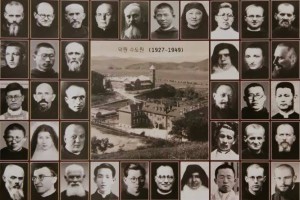 Monks and nuns are prime candidates in being martyrs for the Catholic Faith. Today, the Benedictine Congregation of St Ottilien (a missionary group of missionary monks) collectively honor those who shed their blood for Christ between the years of 1889 and 1954. Laying down one’s own life by accepting death bears witness to faith in Jesus Christ and His Church.
Monks and nuns are prime candidates in being martyrs for the Catholic Faith. Today, the Benedictine Congregation of St Ottilien (a missionary group of missionary monks) collectively honor those who shed their blood for Christ between the years of 1889 and 1954. Laying down one’s own life by accepting death bears witness to faith in Jesus Christ and His Church.